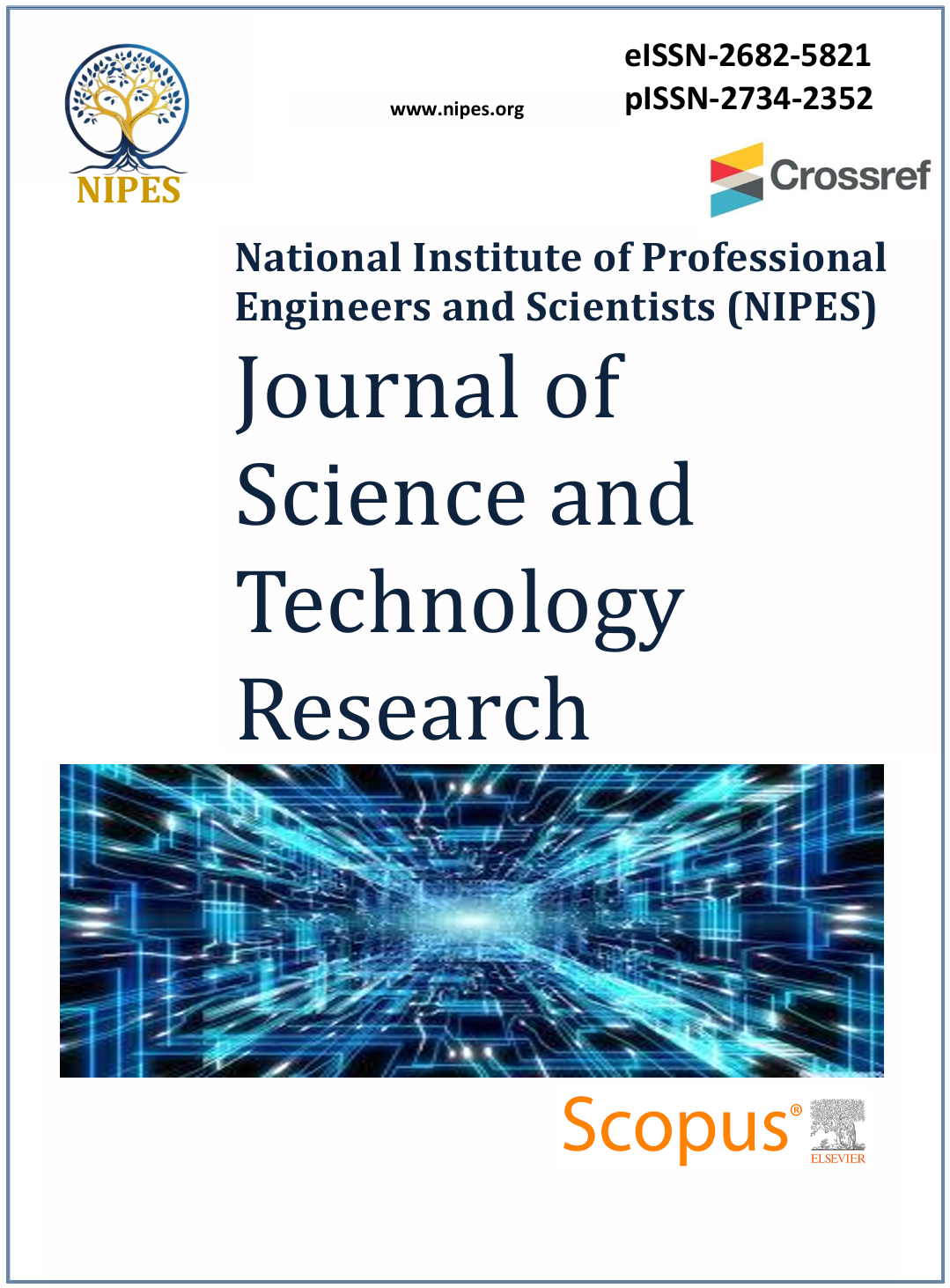Transformer Core Materials Selection by Flux Pattern Mapping Technique Using COMSOL Multiphysics
DOI:
https://doi.org/10.37933/nipes/7.1.2025.26Abstract
Researchers have developed better transformer cores and core modeling methodologies in response to the requirement for improved electrical core performance. This study ranks a distribution transformer's core material according to the compactness of the flux line distribution inside the core using flux pattern analysis. Five different core materials were taken into account. Model transformers were used in the investigations to assess the magnetic effects and examine the variations based on the core materials. A digital oscilloscope was used to measure the flux density and magnetic intensity signals. Different cores displayed varying tendencies in their results, which were indicative of local variations in the core's magnetization. The flux density ranged from low to high under the magnetization circumstances. This study compared the flux densities of the five core materials that were chosen and subjected to varying frequencies. Using COMSOL Mulltiphysics software, 2D and 3D finite element methods (FEM) are the analysis methodologies used. The different flux patterns of the candidate transformer core materials were identified using FEM, and the distances between the lines of flux of the corresponding candidate core materials were simulated using MATLAB. Following silicon steel, ferrite core, soft iron, and solid iron, the results indicate that the line of flux in metglass core material is more compact than that of the other possible core materials. This indicates that metglas remains the best core material due to its high flux compactness, lowest core loss (0.1 – 0.2 W/kg), and high permeability. It also exhibits the lowest temperature rise, making it ideal for energy-efficient transformers. The findings indicated that the pattern can help choose a better material with a stronger magnetic field and fewer losses.






